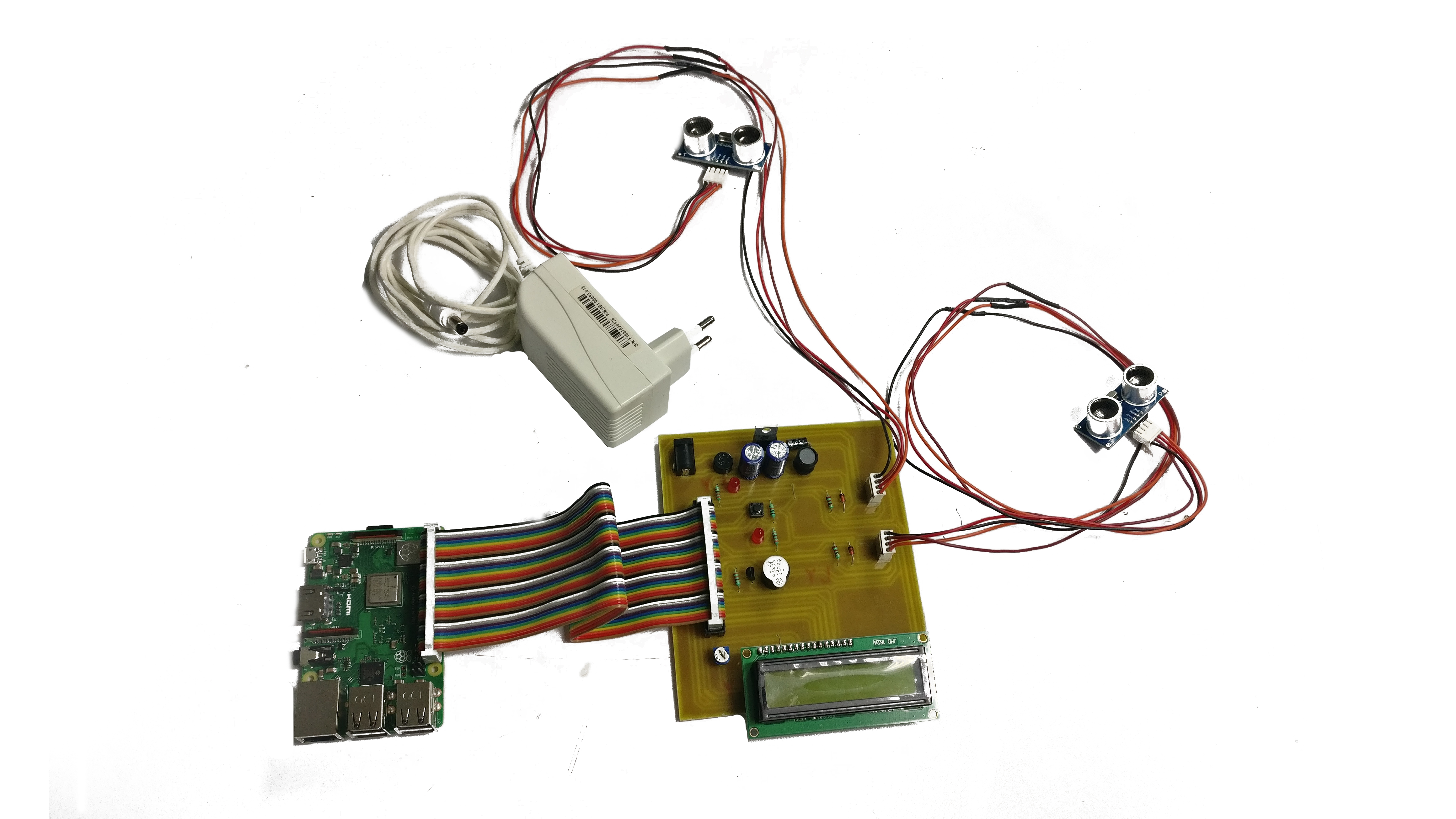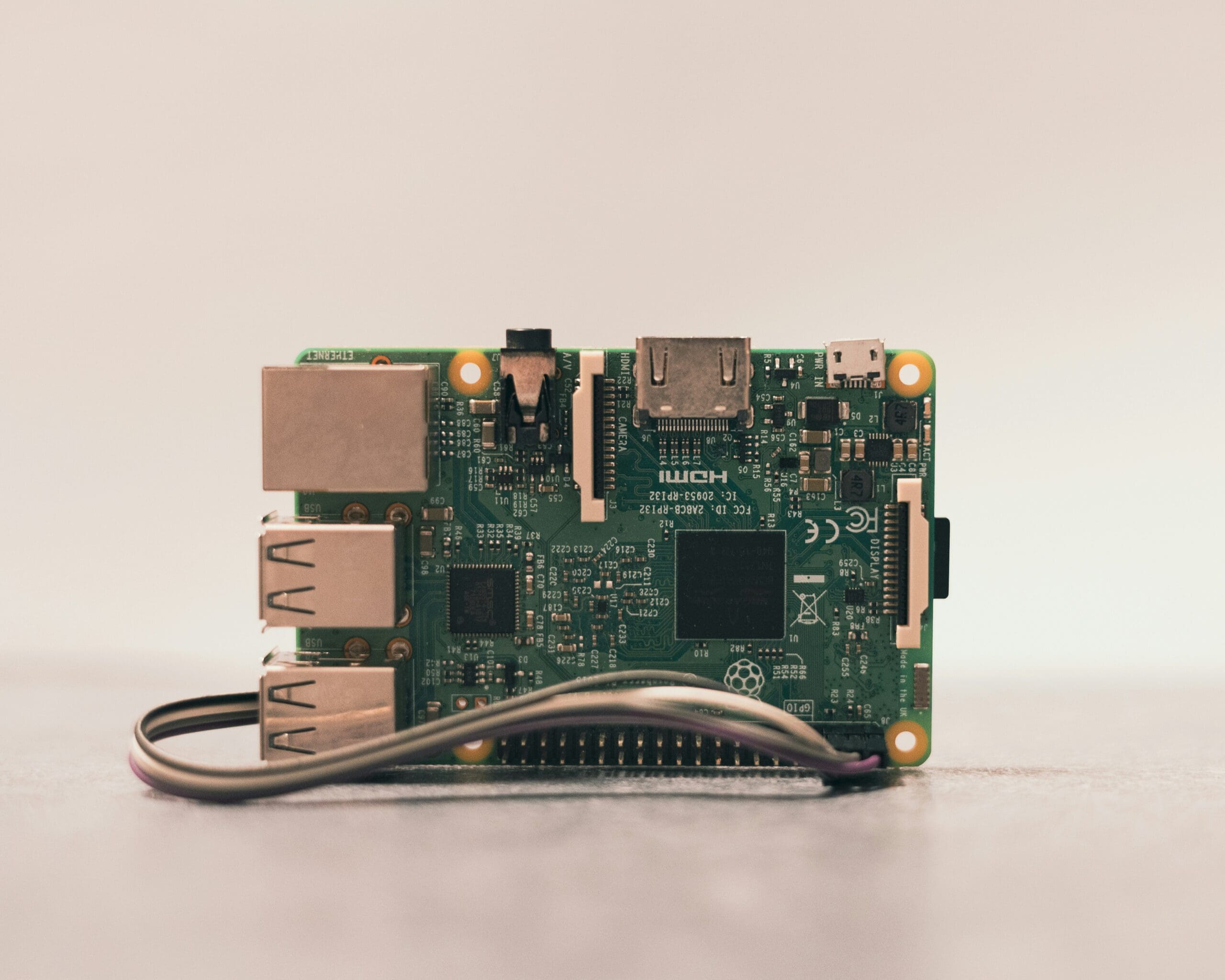Listen up, tech enthusiasts! If you're diving into the world of Raspberry Pi projects, there's one skill you need to master—how to access Raspberry Pi remotely SSH using a secure and reliable method. Whether you're tinkering with home automation, building a media center, or setting up a private cloud, remote access is your golden ticket to controlling your Pi from anywhere. But hold up—how exactly do you pull this off? Let me break it down for ya.
Remote SSH access might sound intimidating at first, but trust me, it's easier than you think. With just a few steps, you'll be able to log into your Raspberry Pi from another computer, phone, or even while you're chilling at Starbucks. This guide will walk you through everything you need to know, from setting up SSH on your Pi to troubleshooting common issues. No more excuses about being stuck in front of your Pi all day—let's get this party started!
Before we dive deep, here's the deal: SSH (Secure Shell) is like a secret handshake between your Raspberry Pi and another device. It allows you to send commands remotely, transfer files, and even control your Pi as if you were sitting right in front of it. So, if you're ready to level up your Pi game, keep reading because this is gonna be good.
- Free Netflix Account And Password 2025 Your Ultimate Guide To Streaming Bliss
- Securely Connect Remote Iot P2p Ssh Ubuntu Server Your Ultimate Guide
What Is SSH and Why You Need It for Raspberry Pi
Alright, let's start with the basics. SSH stands for Secure Shell, and it's basically a protocol that lets you connect to another computer securely over the internet. Think of it like a secret tunnel that keeps your data safe from prying eyes. When it comes to Raspberry Pi, SSH is your go-to method for remote access because it's secure, lightweight, and super easy to set up.
Here’s why SSH is a game-changer for Raspberry Pi:
- Security: SSH encrypts all your data, so hackers can't intercept your commands.
- Flexibility: You can control your Pi from any device with an SSH client, whether it's a PC, Mac, or even your phone.
- Convenience: No need to lug around your Pi everywhere—just access it remotely whenever you need.
Now that you know why SSH is so dope, let's move on to the juicy part—how to set it up on your Raspberry Pi.
- 7movierulz 2023 Download Your Ultimate Guide To Streaming And Downloading Movies
- Sucker For Pain Meaning Understanding The Phrase And Its Impact
Enabling SSH on Your Raspberry Pi
First things first, you gotta enable SSH on your Raspberry Pi. Don’t worry, it’s super straightforward. Here's how you do it:
Method 1: Using the Raspberry Pi Configuration Tool
This is the easiest way to enable SSH, especially if you're already working with the Raspberry Pi desktop environment. Just follow these steps:
- Boot up your Raspberry Pi and log in.
- Open the terminal and type
sudo raspi-config. - Select
Interfacing Optionsand hit Enter. - Choose
SSHand enable it. - That’s it! SSH is now active on your Pi.
Method 2: Adding a Blank File Called "ssh"
What if you don’t have access to the desktop environment? No problem! You can still enable SSH by adding a blank file named "ssh" to your Pi's boot partition. Here's how:
- Insert your Raspberry Pi SD card into your computer.
- Open the boot partition and create a new file named
ssh(no extension). - Save the file and eject the SD card.
- Insert the SD card back into your Pi and boot it up. SSH will automatically be enabled.
See? That wasn’t so hard, was it? Now let’s talk about connecting to your Pi remotely.
How to Access Raspberry Pi Remotely SSH Using a Computer
Once SSH is enabled, it’s time to connect to your Raspberry Pi from another computer. Here’s the step-by-step process:
- Find your Raspberry Pi’s IP address. You can do this by typing
hostname -Iin the terminal or using a network scanner app. - Open an SSH client on your computer. If you’re on Windows, PuTTY is a great option. Mac and Linux users can use the built-in terminal.
- Enter the IP address of your Raspberry Pi in the SSH client and log in using your Pi’s username and password (usually
piandraspberryby default).
Boom! You’re now connected to your Pi remotely. But wait, what if you want to access your Pi from outside your local network? Let’s tackle that next.
Accessing Raspberry Pi Remotely Over the Internet
Accessing your Raspberry Pi over the internet opens up a whole new world of possibilities. However, it also comes with some risks, so you need to take extra precautions. Here’s how to do it safely:
Step 1: Set Up Port Forwarding
Port forwarding allows you to direct incoming traffic from the internet to your Raspberry Pi. Here’s how to set it up:
- Log in to your router’s admin panel (usually by typing
192.168.0.1or192.168.1.1in your browser). - Find the port forwarding section and add a new rule.
- Set the external and internal ports to 22 (the default SSH port) and point it to your Pi’s IP address.
Step 2: Use a Dynamic DNS Service
If your internet provider gives you a dynamic IP address, you’ll need a dynamic DNS service to keep track of it. Services like No-IP or DuckDNS are free and work great with Raspberry Pi.
By combining port forwarding and dynamic DNS, you’ll be able to access your Pi from anywhere in the world. Just remember to secure your setup with strong passwords and consider using SSH keys for added protection.
Securing Your Remote SSH Connection
Security should always be a top priority when accessing your Raspberry Pi remotely. Here are some tips to keep your setup safe:
- Change the Default SSH Port: Switch from port 22 to a higher number to reduce the risk of brute-force attacks.
- Use SSH Keys Instead of Passwords: SSH keys provide stronger authentication and eliminate the need for passwords.
- Disable Root Login: Restrict access to the root account to prevent unauthorized users from gaining full control.
- Install Fail2Ban: This tool automatically blocks IP addresses that show malicious signs, like too many failed login attempts.
By following these best practices, you’ll significantly reduce the chances of your Pi being hacked. Now that’s what I call peace of mind!
Troubleshooting Common SSH Issues
Even the best-laid plans can hit a snag sometimes. If you’re having trouble connecting to your Raspberry Pi via SSH, here are some common issues and how to fix them:
Problem 1: SSH Not Working After Enabling
Solution: Double-check that SSH is enabled and restart your Pi. Also, make sure your firewall isn’t blocking port 22.
Problem 2: Connection Refused Error
Solution: Verify that your Pi’s IP address is correct and that the SSH service is running. You can check this by typing sudo systemctl status ssh in the terminal.
Problem 3: Slow SSH Connection
Solution: Try disabling DNS lookup in your SSH configuration file (/etc/ssh/sshd_config) by setting UseDNS no.
With these troubleshooting tips in your arsenal, you’ll be able to conquer any SSH-related issue that comes your way.
Advanced SSH Tips for Raspberry Pi
Once you’ve mastered the basics, it’s time to level up your SSH skills. Here are a few advanced tips to make your life easier:
Tunneling with SSH
SSH tunneling allows you to securely access services running on your Raspberry Pi, like a web server or database. For example, you can use SSH tunneling to access a local web server on your Pi from your laptop.
SSHFS for Remote File Access
SSHFS lets you mount a remote directory on your Pi as if it were a local folder. This is super handy for transferring files or editing code remotely.
Automating SSH Connections
Using SSH keys and tools like sshpass, you can automate SSH connections for scripts and cron jobs. This saves you time and hassle in the long run.
These advanced techniques will take your Raspberry Pi projects to the next level. So, don’t be afraid to experiment and see what works best for you.
Best Practices for Managing Multiple Raspberry Pi Devices
If you’re managing multiple Raspberry Pi devices, here are some tips to keep things organized:
- Label Your Pi’s: Assign unique hostnames or IP addresses to each Pi for easy identification.
- Use SSH Config Files: Create a config file in
~/.ssh/configto store connection details for each Pi. - Monitor Resource Usage: Use tools like
htoporglancesto keep an eye on your Pi’s performance.
With these strategies, you’ll be able to manage your Raspberry Pi fleet like a pro.
Conclusion: Your Raspberry Pi Adventure Awaits
And there you have it—everything you need to know about how to access Raspberry Pi remotely SSH using a secure and reliable method. From enabling SSH to troubleshooting common issues, this guide has got you covered. Remember, the key to success is taking the time to set things up properly and following best practices for security.
So, what are you waiting for? Fire up your Raspberry Pi, enable SSH, and start exploring the endless possibilities of remote access. And don’t forget to drop a comment below if you have any questions or want to share your own SSH tips. Happy tinkering, my friend!
Table of Contents
- What Is SSH and Why You Need It for Raspberry Pi
- Enabling SSH on Your Raspberry Pi
- How to Access Raspberry Pi Remotely SSH Using a Computer
- Accessing Raspberry Pi Remotely Over the Internet
- Securing Your Remote SSH Connection
- Troubleshooting Common SSH Issues
- Advanced SSH Tips for Raspberry Pi
- Best Practices for Managing Multiple Raspberry Pi Devices
- Conclusion
- 5movierulzcom Kannada 2023 Your Ultimate Guide To Streaming And Downloading Movies
- 4 Movierul The Ultimate Guide To Mastering Movie Watching


